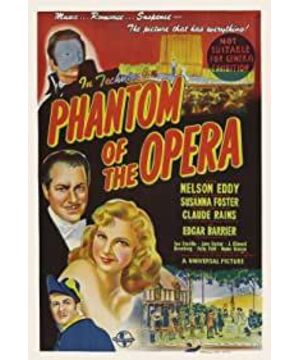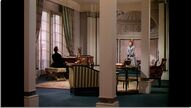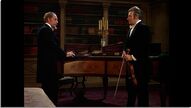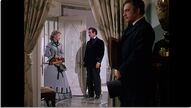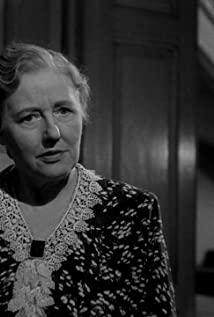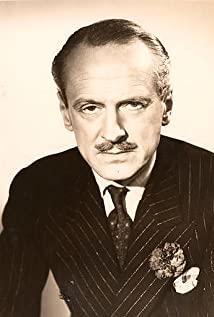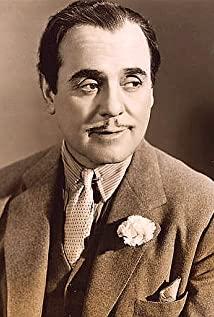There are so many versions of The Phantom of the Opera, from movies to musicals, and film adaptations. It has to be said that each has its own merits.
From the current point of view, the 1943 version must have some distance from the current aesthetic in terms of horror.
The structure, rhythm, dramatic conflict, and tension are so neatly done, it's no surprise. The emphasis is on the passages that are sung, which is really beautiful. As for the large sections of shuttles and escapes in the backstage set, the director has put his heart into it in terms of scheduling and shaping the tense atmosphere.
The effect of comedy is placed on rivals, opera actors and policemen, and it can be considered to alleviate the smell of gunpowder and horror in the whole film.
In my opinion, the drama and conflict in this movie are more on the three men, and the drama within the drama has a strong narrative function.
The most anticipated thing is that the final scene in the underground space requires the atmosphere of romantic love in the heart of the violinist, the fear and fear in Christie's eyes, and the strangeness in the eyes of everyone. The director designed a space that does not use the cave, and finally the house collapsed and the violinist was buried as the ending, which was also very clean.
View more about Phantom of the Opera reviews


